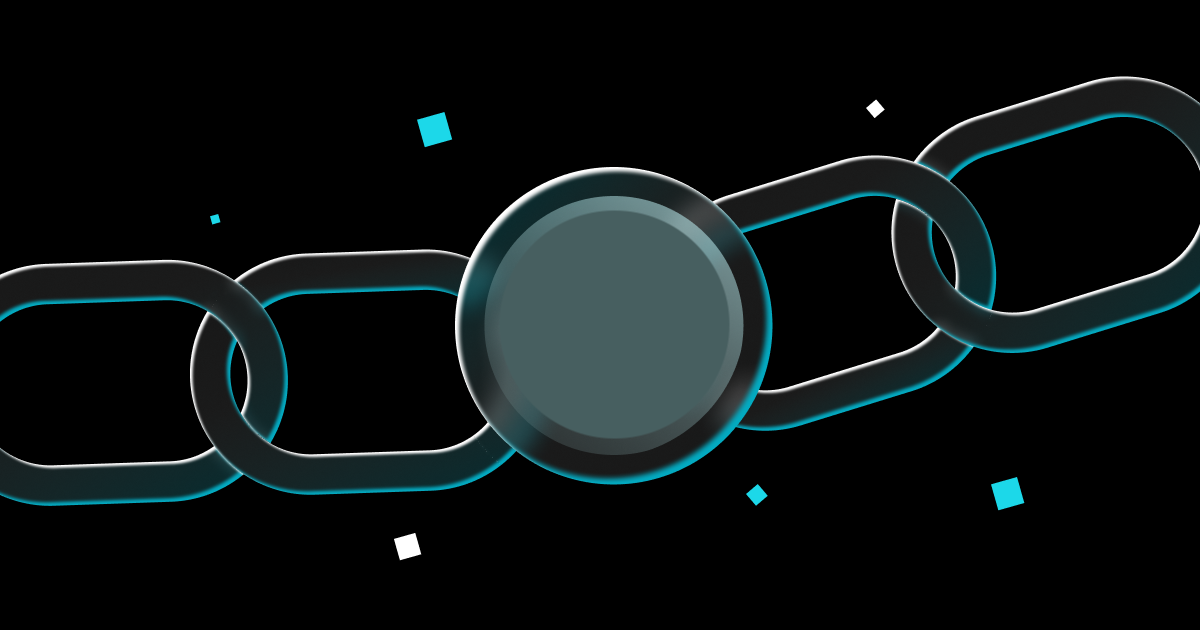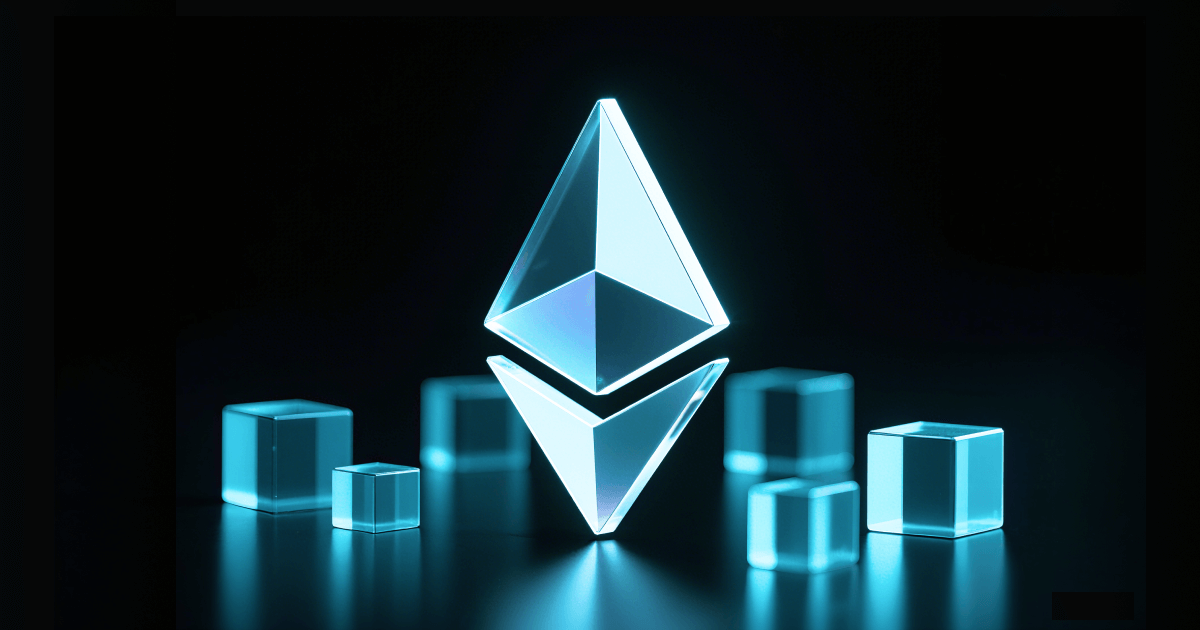
What is a Based Rollup? The New Solution to Rollup Problems
Ethereum and other blockchains have come a long way, but speed bumps remain, especially when it comes to who really controls transaction ordering. For years, Layer 2s have relied on centralized sequencers, meaning a single player decides the flow of transactions. While that approach can work, it also opens the door to censorship, downtime, and unfair fees.
Now, a new wave of technology is flipping the script: based rollups.
In this article, we’ll unpack how based rollups work, why projects like Taiko are leading the charge, and what this could mean for the future of DeFi, NFTs, and beyond.
What is Based Rollups?
A based rollup is a Layer 2 scaling solution that fixes a major problem with current rollups - centralized sequencers. Instead of relying on a single entity to order transactions, based rollups let Ethereum's validators handle this job directly. Think of it as removing the middleman between users and the blockchain's security.
Most rollups today use centralized sequencers that can go offline, censor transactions, or extract unfair fees. Based rollups eliminate this risk by using Ethereum's decentralized validator network for transaction ordering. For users interested in the latest rollup developments, Bitget provides access to emerging projects including Taiko, the leading based rollup implementation.
Why Should You Care About Based Rollups?
Here's the problem with current rollups: you trust a centralized sequencer to process your transactions fairly. If that sequencer goes down, censors your transaction, or charges excessive fees, you're stuck. Based rollups solve this by removing sequencers entirely.
When you use a based rollup, Ethereum validators - the same ones securing billions in ETH - handle your transaction ordering. No single point of failure, no censorship risk, and no middleman extracting fees. Your transactions get the same security guarantees as mainnet Ethereum.
The biggest benefit? Different based rollups can interact with each other atomically. Imagine swapping tokens on one rollup while borrowing on another - all in a single transaction. Traditional rollups require slow, expensive bridges for this.
How Do Based Rollups Actually Work?
The process is straightforward. You send a transaction to the based rollup, Ethereum validators include it in a block using normal consensus rules, the rollup executes your transaction off-chain based on this ordering, and results get posted back to Ethereum for final settlement.
This means all the data needed to verify transactions lives on Ethereum itself. No trust required in external systems or centralized operators. The security comes directly from Ethereum's validator set, not from additional trust assumptions.
For users wanting to understand rollup technology better, Bitget's educational resources explain how different rollup types compare and work.
What Can You Actually Do with Based Rollups Today?
Right now, your main option is Taiko. This project has live testnets and is moving toward mainnet launch. Taiko combines based sequencing with ZK-proof technology, giving you instant finality and Ethereum-level security.
You can test Taiko's functionality on their testnet, experiencing decentralized sequencing firsthand. The project demonstrates cross-rollup composability and shows how based rollups eliminate centralized sequencer risks. Bitget provides information about Taiko and its progress.
What's Coming: Several Rollup-as-a-Service platforms are building based rollup support, but most remain in research phases. Taiko leads practical implementation while others focus on theoretical development.
What Are the Real Trade-offs?
What You Gain:
● No centralized sequencer to trust or worry about
● Cross-rollup transactions without bridges
● Fees go to Ethereum validators, not middlemen
● Maximum censorship resistance
● Security directly from Ethereum
What You Give Up:
● Lower transaction throughput than traditional rollups
● Less customization flexibility
● Dependent on Ethereum's block production speed
● Limited options - mostly just Taiko currently
| Aspect |
Based Rollups |
Traditional Rollups |
| Sequencer |
Ethereum validators |
Centralized operator |
| Censorship Risk |
Very low |
Moderate to high |
| Cross-rollup |
Native support |
Requires bridges |
| Throughput |
Limited by Ethereum |
Higher potential |
| Live Options |
Mainly Taiko |
Many choices |
The technology prioritizes decentralization over speed. If you value censorship resistance and security over maximum throughput, based rollups make sense.
Are Based Rollups Worth Using?
For most users today, the answer is "not yet." The ecosystem is very early - essentially just Taiko with live functionality. Unless you specifically need maximum decentralization or want to test new technology, traditional rollups like Arbitrum or Optimism offer more mature ecosystems.
However, the technology addresses real problems. Sequencer centralization has caused issues in existing rollups - downtime, censorship concerns, and unfair fee extraction. Based rollups provide a genuine solution to these problems.
DeFi protocols, governance systems, and applications requiring maximum security may find based rollups attractive once the ecosystem matures. The ability to interact atomically across different rollups opens new possibilities for multi-chain applications.
How Can You Get Involved?
For Testing: Try Taiko's testnet to experience based rollup functionality. See how decentralized sequencing works and test cross-rollup interactions.
For Investment: Bitget offers trading access to rollup tokens including Taiko and other Layer 2 projects. Research the technology before investing in early-stage projects.
For Learning: Bitget's rollup guides explain the technical foundations. Understanding rollup evolution helps evaluate new developments like based rollups.
The key is managing expectations. This technology is promising but very early. Most practical applications remain theoretical or in testing phases.
Why Use Bitget for Rollup Access?
Bitget covers rollup ecosystem developments across all types - optimistic, ZK, and based rollups. Trade tokens from leading projects, access analysis of emerging technologies, and participate in early project launches.
What Bitget Offers:
● Trading access to all major rollup tokens
● Educational content explaining based rollup technology
● Early access to projects like Taiko
● Analysis of rollup developments and debates
The platform helps you stay informed about rollup evolution while providing practical access to tokens and projects.
What Should You Expect from Based Rollups?
Based rollups solve real problems with current Layer 2 solutions, but they're not ready for mainstream adoption yet. The technology works - Taiko proves this - but the ecosystem needs more development.
Expect gradual growth rather than explosive adoption. Applications requiring maximum decentralization will likely adopt based rollups first, followed by broader ecosystem development if the technology proves successful.
The main question is whether users value decentralization enough to accept lower throughput and limited options. For some applications, the answer is clearly yes. For others, traditional rollups remain better choices.
Bitget provides the tools and education needed to follow based rollup development and participate when opportunities arise. Whether through token trading, educational resources, or project analysis, the platform supports engagement with evolving Layer 2 technologies.

- INFINIT (IN): AI-Powered DeFi Interaction Platform2025-08-06 | 5m
- What is an Ethereum Faucet? Complete Guide to Free ETH2025-08-06 | 5m


